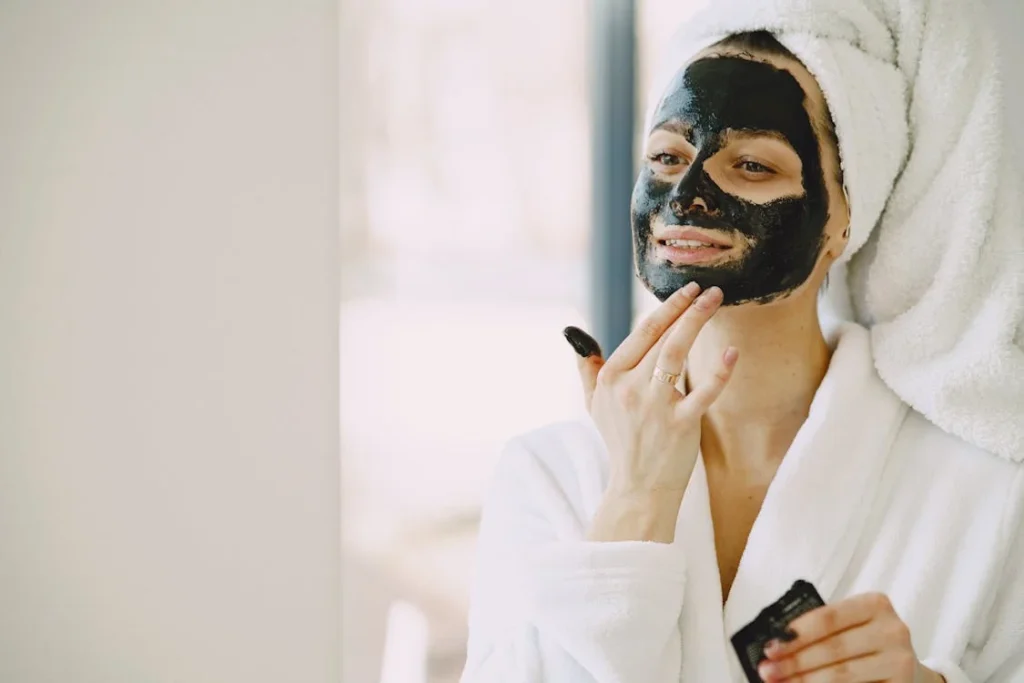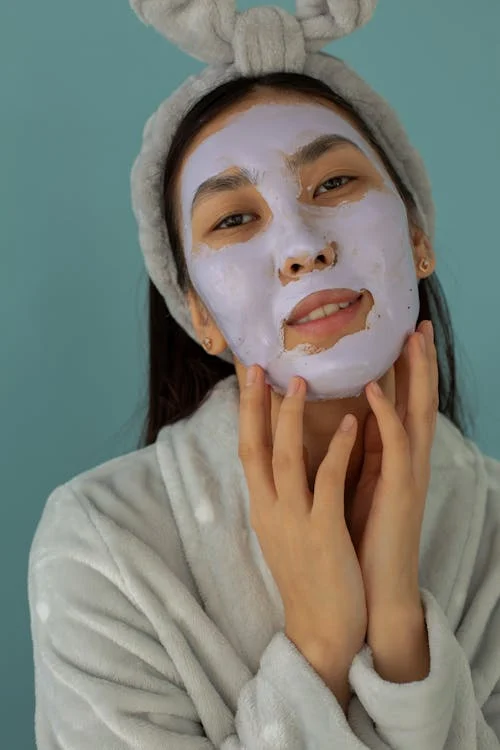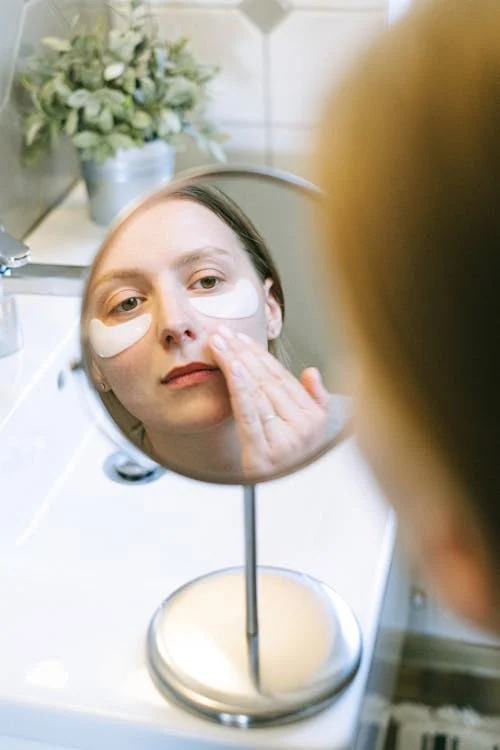Best Women’s Face Care for Oily Skin The Glowing and Balanced Skin 2024


Oily skin can be a challenge, but with the right care, you can achieve a radiant and healthy complexion. This comprehensive guide will provide you with the best practices, tips, and products to manage oily skin effectively. Whether you’re dealing with frequent breakouts, excess shine, or enlarged pores, our guide will help you navigate the world of skincare tailored for oily skin.
Thank you for reading this post, don't forget to subscribe!Understanding Oily Skin
Oily skin occurs when the sebaceous glands in the skin produce excess sebum, a natural oil that helps protect and hydrate the skin. While sebum is essential for keeping the skin healthy, too much of it can lead to problems like clogged pores, acne, and a shiny appearance. Hormones, genetics, diet, and even stress can influence how much oil your skin produces.
Signs of Oily Skin
- Excess shine, especially in the T-zone (forehead, nose, and chin).
- Frequent acne and blackheads.
- Enlarged pores.
- Makeup that wears off quickly.
Causes of Oily Skin
- Genetics: If your parents have oily skin, chances are you will too.
- Hormonal Changes: Hormones can trigger the sebaceous glands to produce more oil.
- Climate: Hot, humid weather can increase oil production.
- Incorrect Skincare Products: Using products that strip the skin of its natural oils can cause it to overcompensate by producing even more oil.
Essential Skincare Routine for Oily Skin
Creating a consistent skincare routine is crucial for managing oily skin. Here’s a step-by-step guide to a daily skincare routine specifically designed for oily skin types.
1. Cleansing: The Foundation of Oily Skin Care
Cleansing is the most important step in managing oily skin. It removes excess oil, dirt, and makeup that can clog pores and lead to breakouts.
- Use a Gentle Cleanser: Opt for a gel-based or foaming cleanser that is specifically formulated for oily skin. Look for ingredients like salicylic acid or benzoyl peroxide, which help reduce oil without over-drying the skin.
- Avoid Over-Cleansing: Washing your face too often can strip your skin of its natural oils, leading it to produce even more sebum. Stick to cleansing twice a day, morning and night.
2. Toning: Balancing Oil Production
Toners help remove any remaining dirt and oil after cleansing, tighten pores, and restore the skin’s natural pH balance.
- Choose an Alcohol-Free Toner: Alcohol can dry out the skin, prompting it to produce more oil. Instead, look for toners with witch hazel, salicylic acid, or tea tree oil.
- Apply with a Cotton Pad: Gently swipe the toner over your face, focusing on areas prone to oiliness and breakouts.
3. Moisturizing: Yes, Even for Oily Skin
Many people with oily skin skip moisturizing, which can worsen the problem. A lack of moisture can cause the skin to overproduce oil to compensate.
- Opt for a Lightweight, Oil-Free Moisturizer: Look for a non-comedogenic (won’t clog pores) and water-based moisturizer. Ingredients like hyaluronic acid are excellent for hydration without adding excess oil.
- Don’t Skip Sunscreen: Sunscreen is essential for all skin types, including oily. Choose a matte, oil-free sunscreen that offers at least SPF 30.
4. Exfoliating: Keeping Pores Clear
Exfoliation helps remove dead skin cells that can clog pores and lead to breakouts. However, it’s important not to overdo it.
- Use Chemical Exfoliants: Chemical exfoliants like AHA (alpha hydroxy acids) and BHA (beta hydroxy acids) are more effective than physical scrubs for oily skin. They penetrate deeper into the pores to clear out excess oil.
- Limit Exfoliation to 2-3 Times a Week: Over-exfoliating can irritate the skin and cause it to produce more oil.
Additional Tips for Managing Oily Skin

1. Use Blotting Papers
Blotting papers are an excellent way to control shine throughout the day without disrupting your makeup. Simply press the paper gently against your skin to absorb excess oil.
2. Incorporate Clay Masks
Clay masks, particularly those containing kaolin or bentonite, can help absorb excess oil and detoxify the skin. Use a clay mask once a week for best results.
3. Avoid Touching Your Face
Your hands can transfer dirt, oil, and bacteria to your face, leading to breakouts. Try to avoid touching your face, and always wash your hands before applying skincare or makeup.
4. Choose the Right Makeup
Opt for oil-free, non-comedogenic makeup products. Powder foundations are often better than liquid for oily skin, and setting sprays or powders can help keep oil at bay throughout the day.
5. Maintain a Healthy Diet
What you eat can affect your skin. A diet high in processed foods, sugar, and dairy can trigger inflammation and excess oil production. Focus on eating a balanced diet rich in fruits, vegetables, and lean proteins.
Best Ingredients for Oily Skin

When shopping for skincare products, look for these ingredients known for their oil-controlling properties:
- Salicylic Acid: Helps clear pores and reduce oil production.
- Niacinamide: Regulates oil production and improves skin texture.
- Tea Tree Oil: A natural antibacterial that helps treat acne and reduce inflammation.
- Retinoids: Encourage cell turnover, helping to keep pores clear.
Common Mistakes to Avoid
- Using Harsh Products: Avoid products with alcohol, fragrance, or harsh scrubs, as they can irritate the skin and increase oil production.
- Skipping Moisturizer: Even oily skin needs hydration. Skipping moisturizer can lead to overproduction of oil.
- Overwashing: Washing your face more than twice a day can strip the skin of its natural oils, leading to increased oil production.
Conclusion
Taking care of oily skin involves understanding its unique needs and choosing the right products and routines to keep it balanced. By following the steps outlined in this guide, you can achieve clearer, healthier, and more radiant skin. Remember, consistency is key, and with patience, you can manage oily skin effectively.
